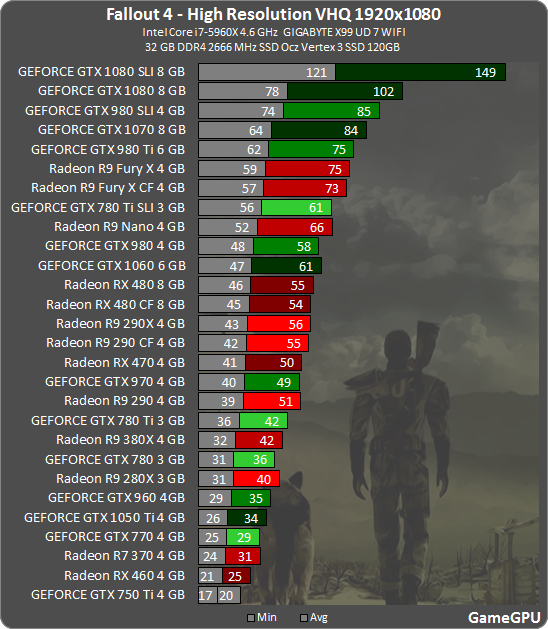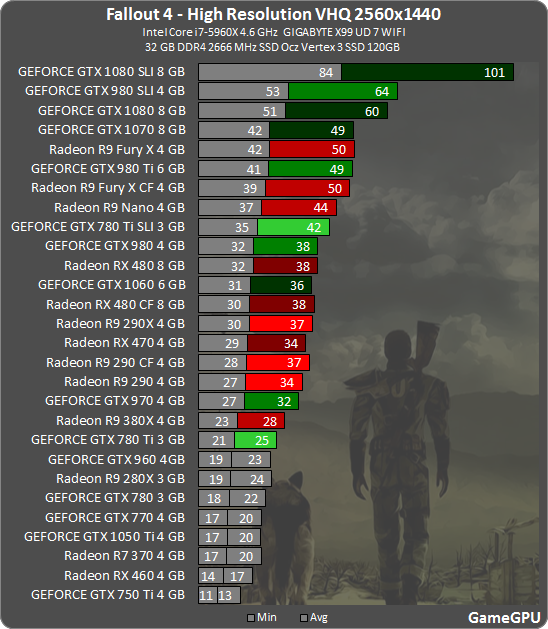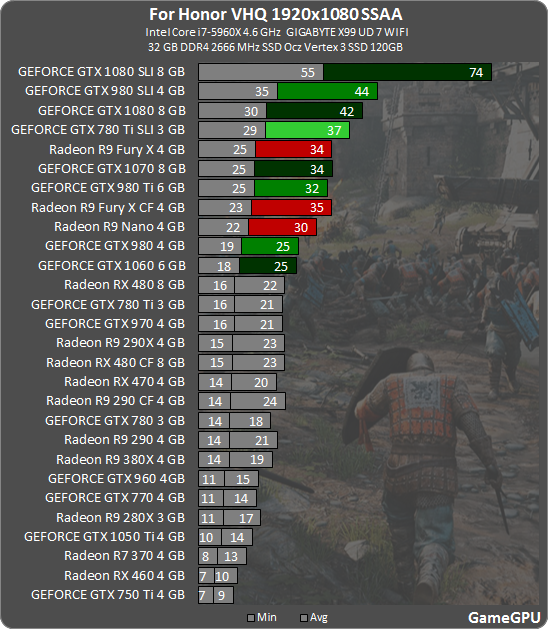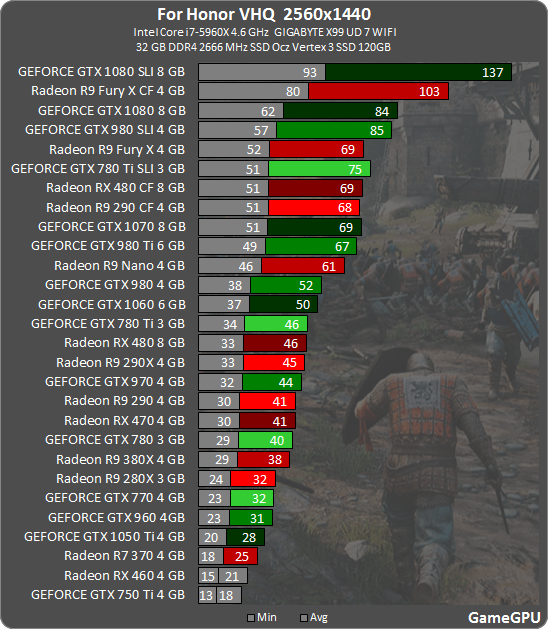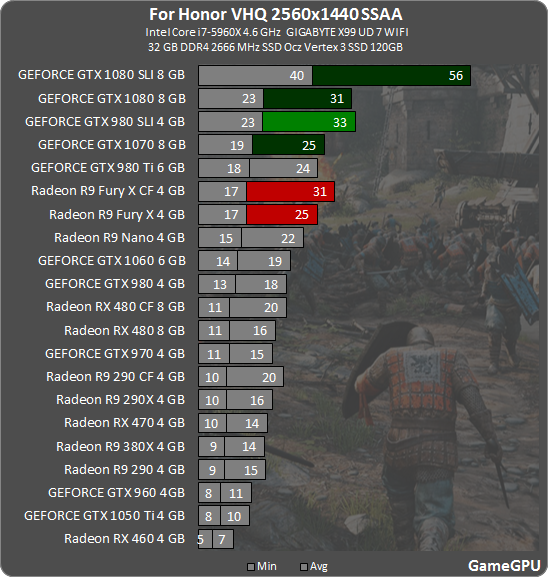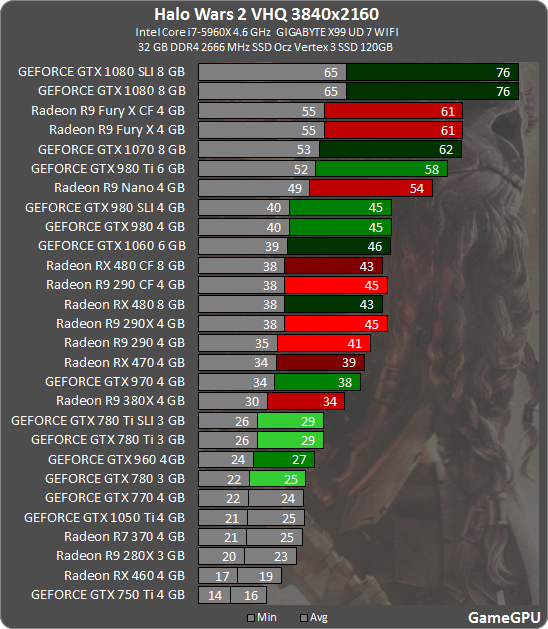That NV quote seems to be discussing a different technique, called spatial checkerboarding. Rainbow Six Siege is using temporal checkerboarding. Spatial checkerboarding is a single frame technique (no reprojection). It results in native edge sharpness, but shading (inside surfaces) is 2x lower resolution -> textures and lighting both look low res.Yeah, NV had this to say about the matter:
That first-take on the idea rendered the same number of depth samples as a full-resolution 1920x1080 picture, but only half the shaded samples, improving performance at the expense of image quality. This manifested as a reduction in the quality and visibility of Ambient Occlusion shadowing, increased shader aliasing, decreased lighting and shading fidelity, and a loss of fidelity on smaller game elements, such as leaves, grass, visual effects and minute pieces of geometry.
Temporal checkerboarding reprojects last frame content and combines that with current frame content. As long as the reprojection succeeds, this results in very close to native results (and 100% perfect result when camera is still). Temporal checkerboarding doesn't require native resolution depth buffer (or id buffer) like spatial checkerboarding, because the temporal version can combine color and depth data from two frames (alternating checkerboard pattern = 100% pixels).
I don't see any reason why SSAO should be noticeably lower quality with temporal checkerboarding. But I see lots of potential (difficult to solve) implementation reasons that might cause this issue.




